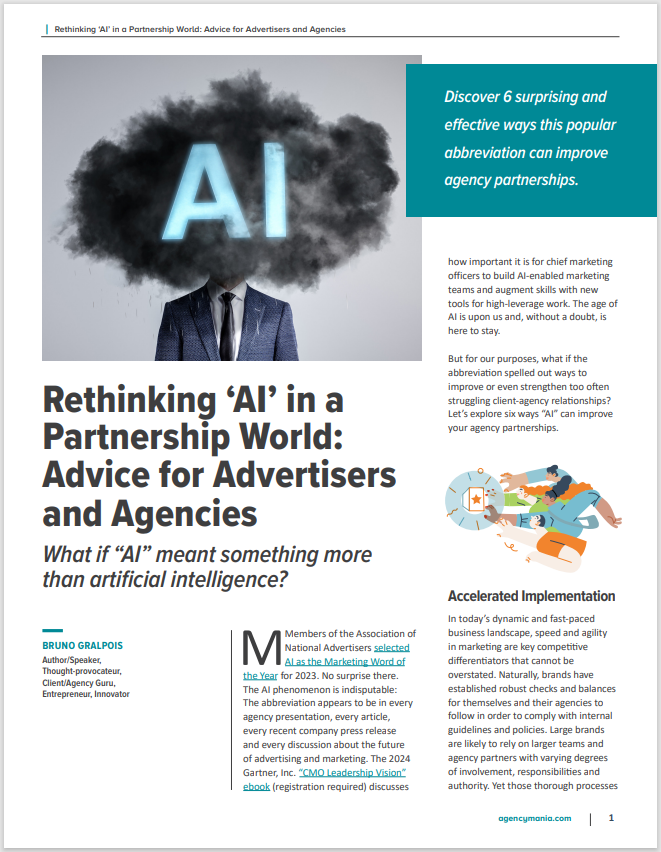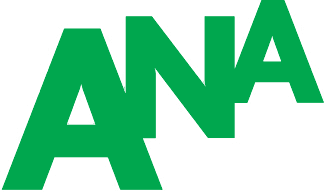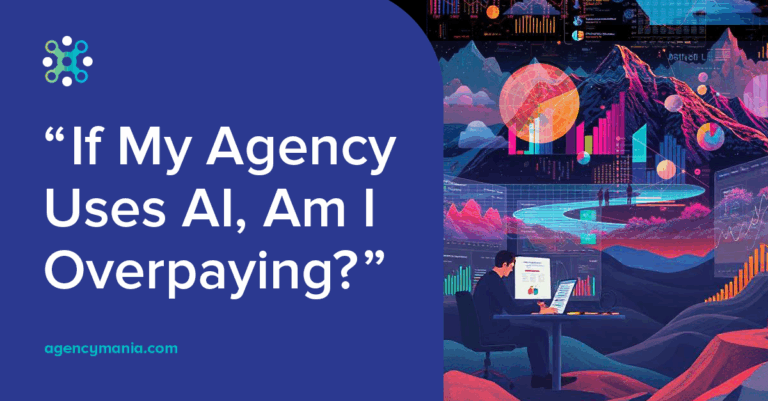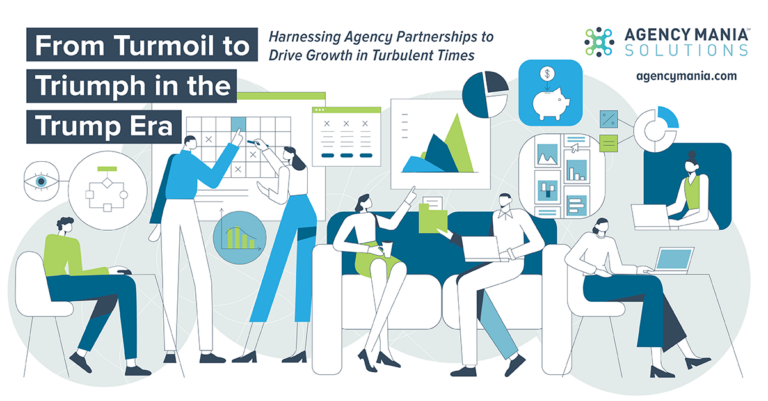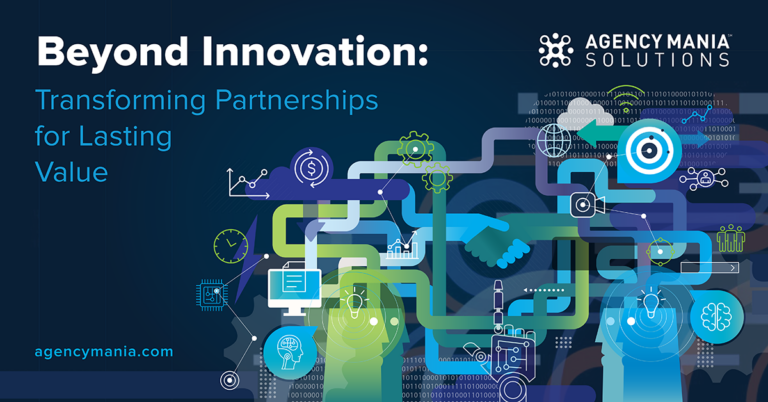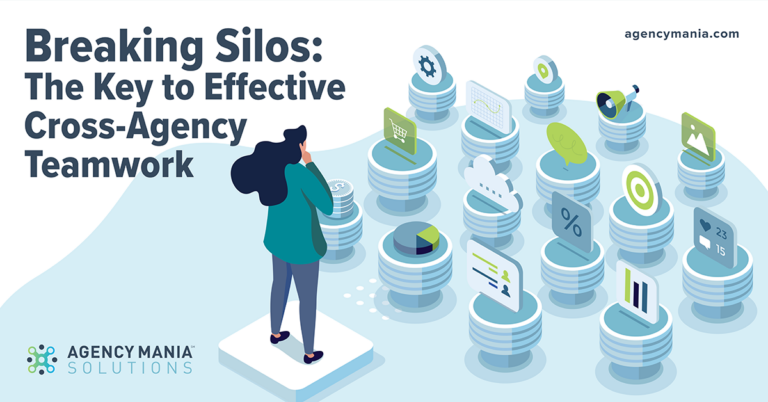What if “AI” meant something more than artificial intelligence? Discover 6 surprising and effective ways this popular abbreviation can improve agency partnerships.
Members of the Association of National Advertisers selected AI as the Marketing Word of the Year for 2023. No surprise there. The AI phenomenon is indisputable: The abbreviation appears to be in every agency presentation, every article, every recent company press release and every discussion about the future of advertising and marketing. The 2024 Gartner, Inc. “CMO Leadership Vision” ebook (registration required) discusses how important it is for chief marketing officers to build AI-enabled marketing teams and augment skills with new tools for high-leverage work. The age of AI is upon us and, without a doubt, is here to stay.
But for our purposes, what if the abbreviation spelled out ways to improve or even strengthen too often struggling client-agency relationships? Let’s explore six ways “AI” can improve your agency partnerships.

Accelerated Implementation
In today’s dynamic and fast-paced business landscape, speed and agility in marketing are key competitive differentiators that cannot be overstated. Naturally, brands have established robust checks and balances for themselves and their agencies to follow in order to comply with internal guidelines and policies. Large brands are likely to rely on larger teams and agency partners with varying degrees of involvement, responsibilities and authority. Yet those thorough processes often slow down the work. So, how do you balance a need for operational excellence with rapid execution?
Deloitte’s “Global Marketing Trends 2023” report shows that brands are using digital technologies to simplify marketing execution and accelerate go-to-market implementation. Similarly, brand advertisers and their agencies also rely on agile, automated systems to improve collaboration and significantly speed up execution while ensuring compliance and quality control.
What advertisers should do: Assess your current process and identify opportunities to reduce time dependencies or unnecessary steps and improve speed to market.

Automated Interface
When it comes to 21st-century marketing functions, automation is a necessity. It can help streamline and optimize marketing processes, including the many facets of the demanding client-agency relationship. By automating repetitive tasks, streamlining reviews and facilitating approvals/information sharing, brand advertisers can save time and improve productivity and efficiency. Furthermore, automation provides valuable insights through data and analytics, allowing marketing teams to track and measure the performance of their efforts, refine how they work with agencies and make better decisions. In scope management, automation can facilitate the creation, review, adjustment and approval of statements of work and associated agency resources. Any outlier in the data set, like excessive fees or agency costs compared with the company’s benchmark, can be systematically identified for a follow-up discussion. This, in turn, enables marketers to prioritize and direct their time and efforts effectively.
What advertisers should do: Identify repetitive tasks or time-consuming activities and look for ways to streamline and automate them by using templates or software tools.
Applied Innovation
Innovation plays a pivotal role in fostering a dynamic and mutually beneficial client-agency relationship. Organizational complexity, combined with the evolving intricacies of marketing as a discipline, demands continuous adaptation and creative problem-solving. Agencies that prioritize innovation can bring fresh ideas, cutting-edge technologies and novel approaches to their clients. In doing so, they strengthen their position as value-added, strategic partners that go beyond core qualifications. Advertisers expect agencies to be constant catalysts of innovative thinking and execution, to push the envelope and bring them tangible ideas or improved capabilities. Innovation in the client-agency relationship encourages collaborative thinking, leading to potentially groundbreaking solutions and competitive differentiation.
What advertisers should do: Turn innovation into a culture of openness to change. Both parties should be eager to try new approaches or completely different tactics, take calculated risks, learn and apply that knowledge to get the most value.
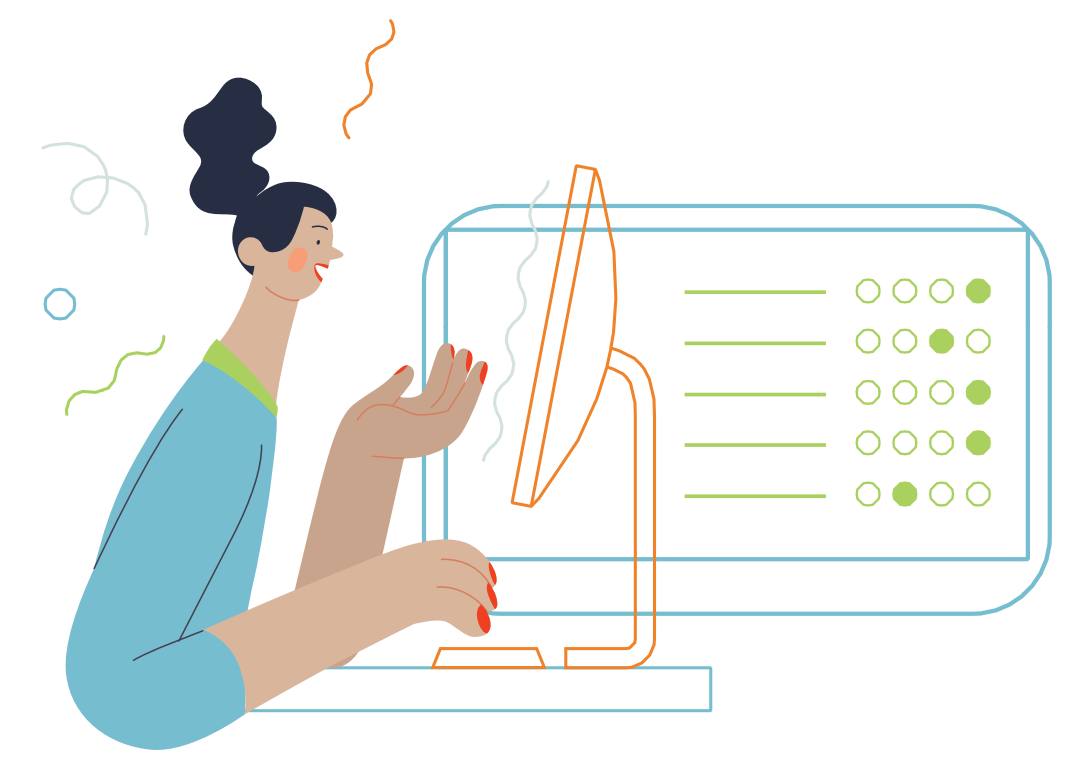
Assessment Instrument
Brand advertisers rely heavily on their agency partners to execute their marketing strategy and achieve goals. Such partnerships are an essential capability in a marketing team’s arsenal. Yet when people come together to innovate and collaborate, obstacles often surface. Both parties must clear those hurdles for the partnership to perform optimally. The teams must be able to exchange feedback about their respective performance and whether they meet expectations. Most advertisers establish an annual or semiannual assessment of their agency relationships. These surveys can use a range of tools to capture, analyze and act on feedback to strengthen the partnership over time.
What advertisers should do: Fully leverage your annual or semiannual client-agency performance assessments to provide meaningful, actionable feedback that will secure and strengthen the partnership.

Augmented Insight
Measurement has never been more important in guiding marketers and their agencies. Whether to gauge performance, operational effectiveness, productivity or efficiency, it is important to have a tangible and objective way to assess progress, identify strengths and pinpoint problems. With accurate, timely data in hand, advertisers can draw insights and set action plans for the client-agency partnership. The greater the insight, the better the decision-making and performance of the organization. In essence, the combination of measuring key performance indicators and extracting insights creates a dynamic feedback loop. Together, with quantified facts in hand, advertisers and their agencies can strive for continuous improvement and sustainable success for the partnership.
What advertisers should do: Formalize KPIs to measure joint results and leverage actionable insight to augment the quality and combined performance of the client and agency teams.

All In
As you can see, there are many levers to improve the output of the partnership between a brand advertiser and its agencies. Perhaps the most poignant of them all is thinking about AI as “all in.” The partnership between an advertising agency and brand advertisers is pivotal, playing a crucial role in driving business performance and fostering a symbiotic relationship essential for their joint success. The synergy between an advertising agency and a brand advertiser is instrumental in creating unified, impactful work and is most successful when both parties feel equally invested. It only works when everyone is all in.
Author/Speaker, Thought-provocateur, Client/Agency Guru, Entrepreneur, Innovator

